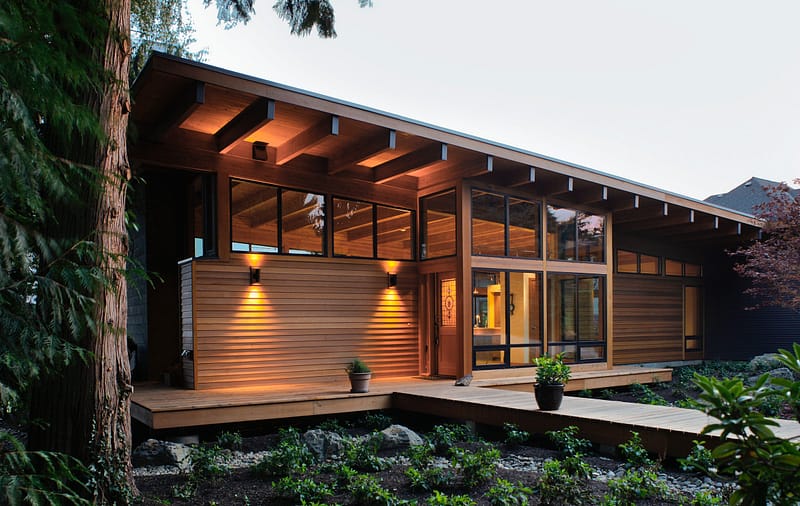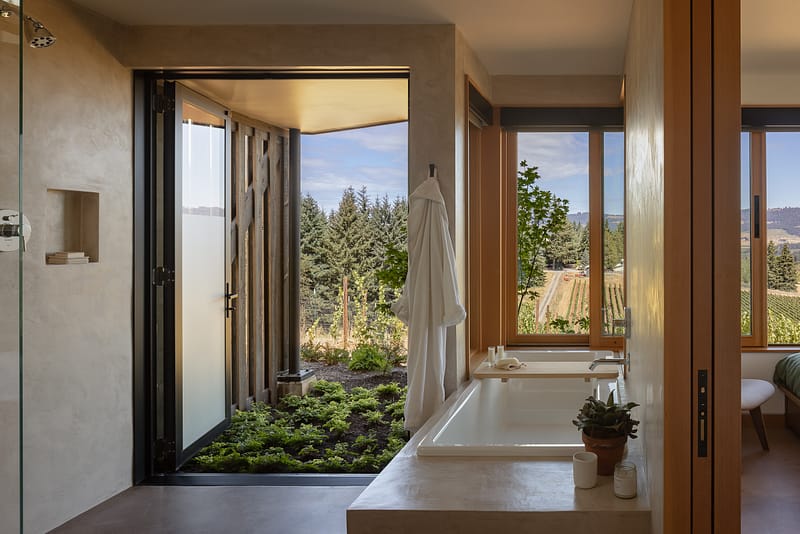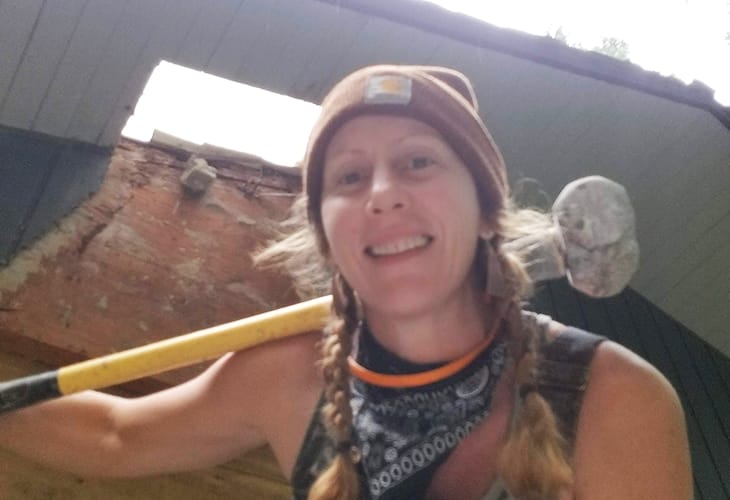Passive House’s advanced building science meets human physiology
Sam Hagerman (Hammer & Hand co-owner and president of the national Passive House Alliance), Skylar Swinford (H&H’s building science team leader and Certified Passive House Consultant), and I (Passive House groupie) attended the fall conference of Passive House NW conference at Seattle Pacific University last week.
Sam and Skylar are both trained building scientists, so they attended advanced sessions at the conference. I, on the other hand, attended the newbie classes, both for a refresher on the Passive House building energy standard and to see how leaders in the movement communicate about Passive House to lay audiences.
One of those sessions was co-taught by our friend and colleague Dan Whitmore of Black Bird Builders in Seattle. Dan grew up in a passive solar home (NOTE: passive solar and Passive House are not the same thing, though Passive House buildings to employ passive solar features) back in the 70s and comes from green building stock, so the stuff is in his blood.
Dan shared a powerful idea during his presentation:
The human body is an incredibly sensitive detector of temperature differentiation, from thermal radiation to conduction to convection.
That’s why in the winter you can feel cold in a room that’s at 72 degrees. If the window panes are cold, your body senses that negative radiant energy and you feel uncomfortable.
What’s excellent about the Passive House building energy standard is that it addresses all three effects of temperature differentiation – radiation, conduction and convection – through super-insulation, high performance windows and doors, draft-free construction, and balanced ventilation. The result? Buildings that are super comfortable all seasons of the year.
So this conference of advanced building scientists touched on human biology. It also touched on human culture.
Adam Cohen, a leading US designer and builder of commercial and multi-family Passive House buildings based in Virginia, taught a pre-conference training session at Seattle’s Integrated Design Laboratory on the north shore of Lake Union. In the course of his presentation he cautioned American Passive House practitioners against adopting European approaches to Passive House buildings whole cloth. The reason? Europeans, typically, accept larger variations in the indoor air temperature of their buildings. Americans? Much more likely to crank op the AC or fire up the furnace.
Adam’s argument is that if we want the Passive House building energy standard to be widely accepted and adopted into the US marketplace, we need to respect Americans’ demand for a narrow window of indoor temperatures. It’s key to market acceptance, and Passive House can deliver. American Passive House designers and builders therefore need to come up with native, homegrown solutions that match Americans’ temperature expectations.
My takeaway from this biology and culture lesson? If humans are sensitive to temperature differentiation, and Americans are more sensitive than most, the Passive House standard’s ability to address radiation, conduction and convection make it ideally suited to the US.
Passive House is good for Americans!
– Zack



